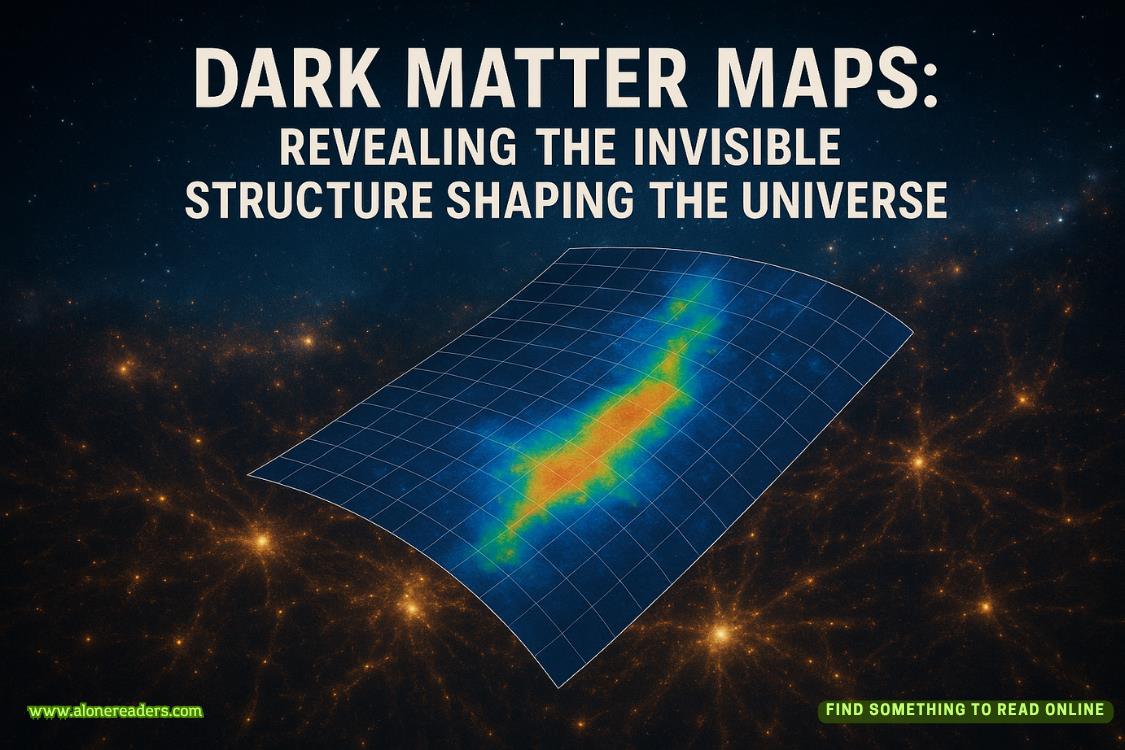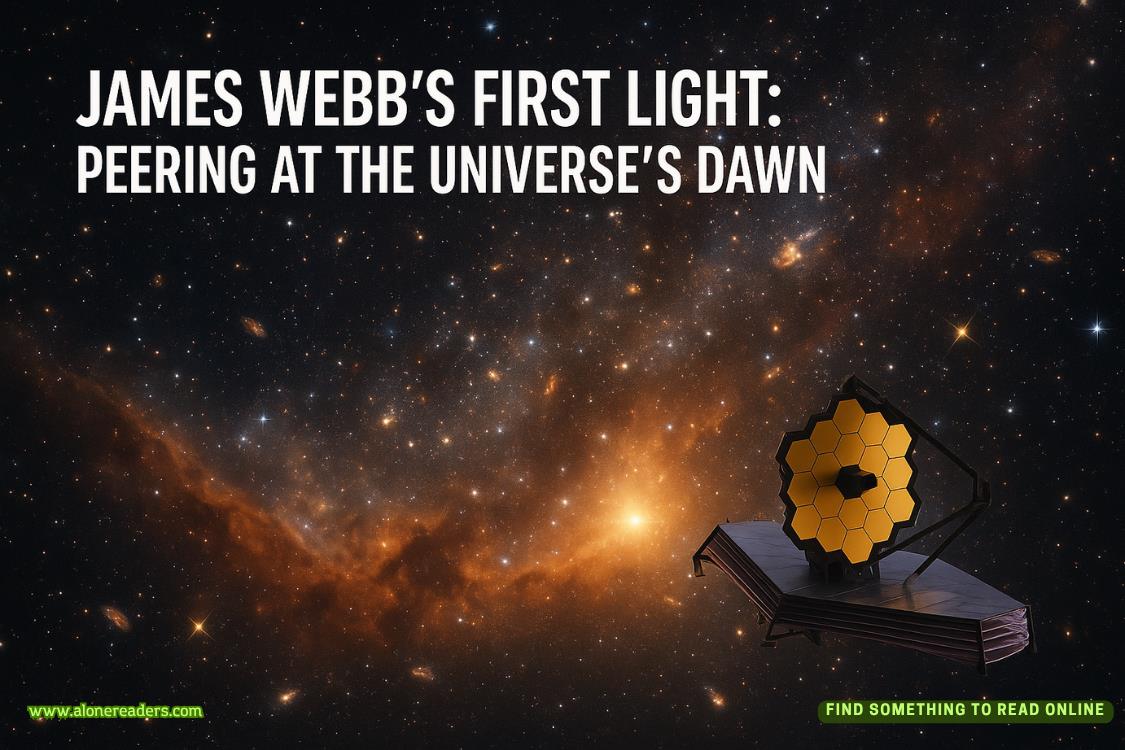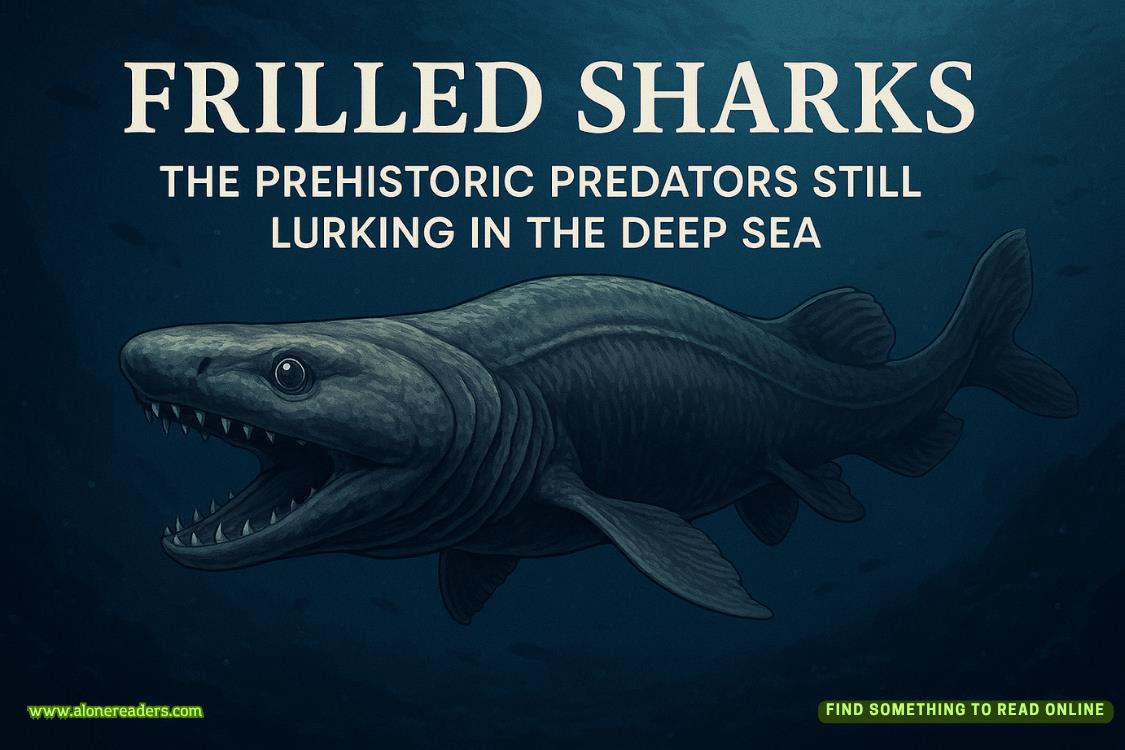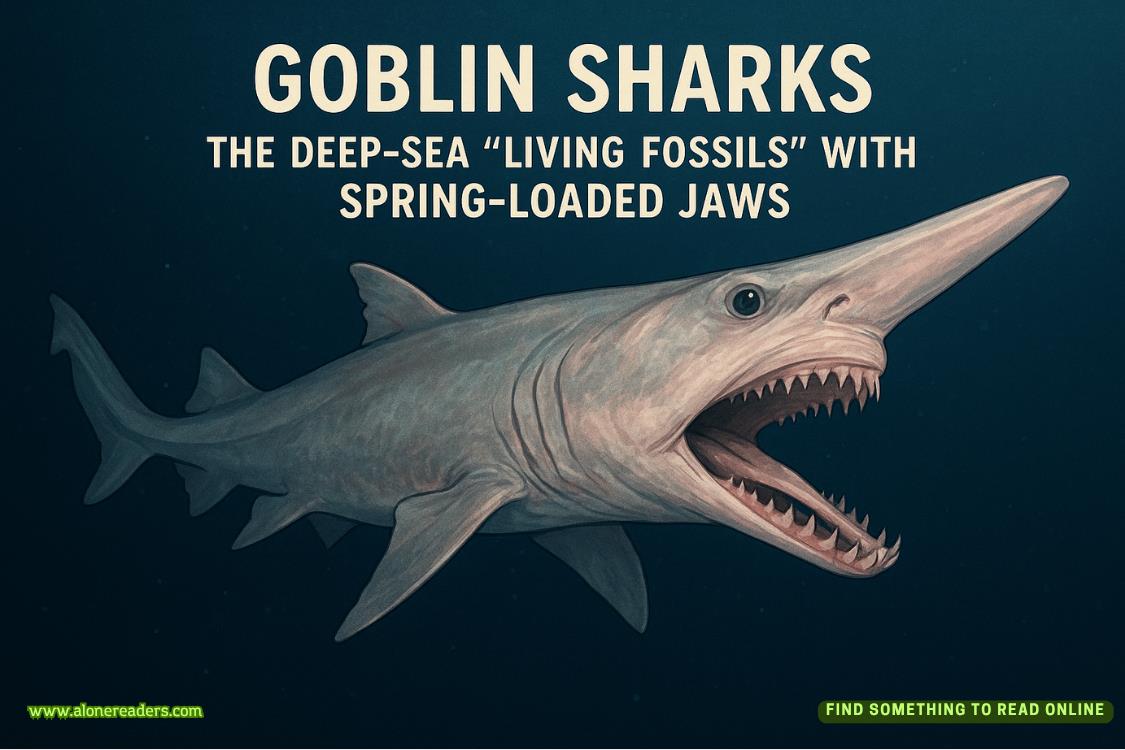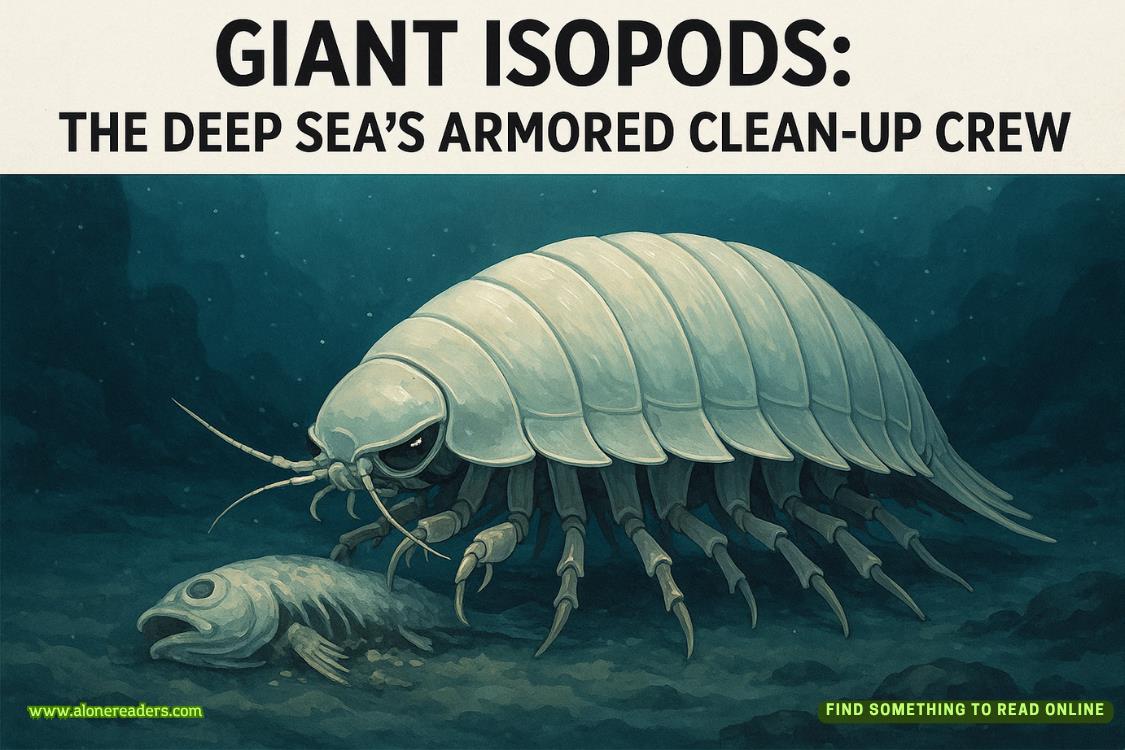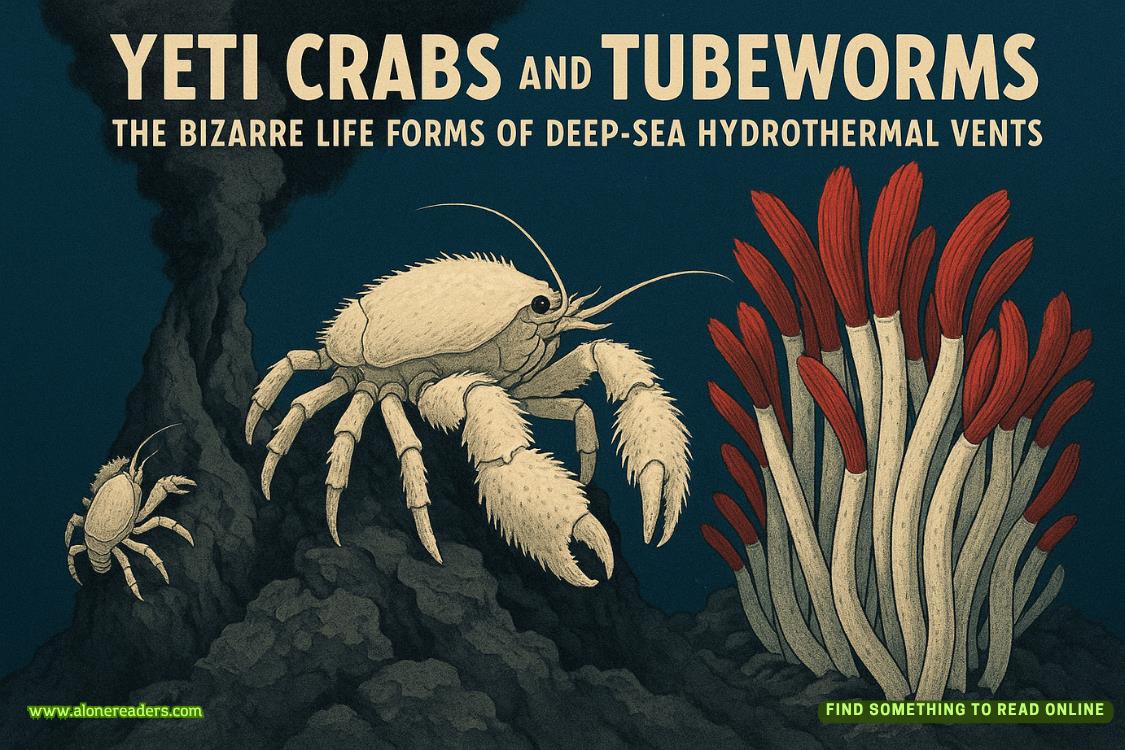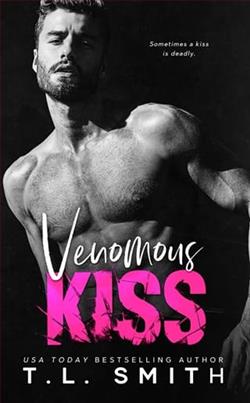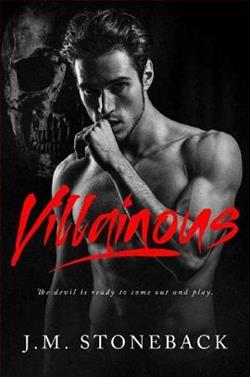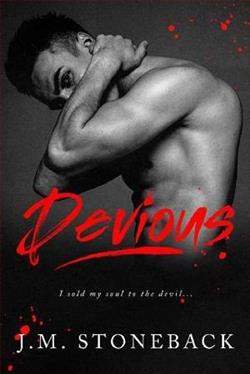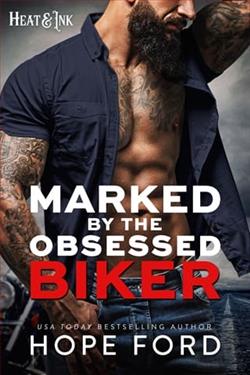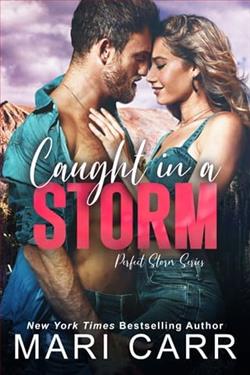Page 32 of Christmas Is All Around
She stared determinedly at the painting before her, the brushstrokes that created the foaming, angry sea. “You deserve to have a job that you love—or at least one that you care about,” she said softly, and she felt his eyes slide away from the painting and toward her face, even as she didn’t turn to meet his gaze. For the briefest moment, she considered reaching out to brush his hand—but just as quickly jerked her hand back. She didn’t think he’d noticed.
She started to wander toward the next painting, and he walked quietly beside her, his hands in his pockets. She risked a glance at him, and saw that his brow was slightly furrowed. “Maybe, if we can somehow make the house turn a profit consistently…” He trailed off, gave a small shake of the head, as if to dismiss the thought. Charlotte bit her lip, but didn’t say anything as they strolled into the next room, a bit quieter, full of Victorian art. Her gaze landed on a painting at random, and she approached it, her eyes widening when they snagged on the name. “Oh—this is a Christian Calloway piece!”
She turned to see him standing behind her, regarding the painting in question with the dispassionate eye of an expert. “I always forget that he has a few in here from the end of his career.”
Charlotte vaguely knew—in the way she vaguely knew the history of a number of artists, but didn’t actually have an art history degree, so couldn’t speak with expertise on any of them—that Christian Calloway’s work had started out incredibly commercial (book illustrations, textiles and wallpaper, home goods), and then, in later life, once he was financially secure, he’d turned to less sellable works that had earned him great critical acclaim. Eden Priory featured more examples of his early work, since there was much more of it, and also because the National Gallery, she recalled now, owned the most famous pieces from his late-career renaissance.
The one they were now standing before was a landscape; Charlotte wasn’t familiar enough with the subtleties of the various English counties to tell if this was Hampshire, somewhere near Eden Priory, or somewhere else farther afield; the informational placard merely stated that it depicted a farmer at work, and that it was intended to be some sort of commentary on the class system in England. Calloway had, she recalled, been an early socialist, though she couldn’t help but wonder precisely how deep his socialist tendencies had run, given, again, theliteral mansionthat he’d inherited from his father.
She considered it for a moment, tilting her head to the side. After several seconds had passed, she realized that Graham was not looking at the painting, but at her.
“What?” she asked, a bit defensively.
“What do you think of it?” he asked. There was nothing in his tone to indicate that this was intended to be a test, but it was undeniably a bit weird to be asked your opinion on a piece of artwork by a relative of the artist himself.
“I don’t know,” she said cautiously. She considered it again; it was dark in tone, and despite its rural setting, there were none of the rolling green hills that you might expect from an English pastoral painting. The sky was ominous, the fields golden and brown—clearly harvest time, as the depiction of the many laborers in the field implied. “It’s a bit… grim. I think…” She hesitated, then decided that there was no point in starting to lie to him now. She’d hardly made an effort to charm him thus far. “I think I prefer his commercial art.”
His mouth twitched. “So do I.”
She glanced at him, startled. “You do?”
He nodded. “He’s most famous for it for a reason.”
“Because it was more available to an everyday person and not hidden away in a museum,” she pointed out, for the sake of playing devil’s advocate.
“Fair enough,” he agreed. “But also… it’s better.”
“It is.” She glanced at him, and saw that he was smiling faintly; she liked his smile. She liked when he smiled ather, as if they had a private joke.
“Have you ever thought about your art being in a museum someday?” he asked a few minutes later; they were in a room full of Cézanne and Renoir, and Charlotte had paused for a moment upon entering, soaking in the sight of this many spectacular pieces of art in such a confined space.
“About what?” she asked, distracted by the sight of a child running in circles around his parents, cackling maniacally. She was extremely grateful that Alice couldn’t walk yet, and also extremely disturbed by the prospect of what her future Christmases might look like.
“This.” He waved his hand around, encompassing the entire room. “Your art. On display in a gallery.”
Charlotte shook her head. “My art is really commercial—very clearly the sort of thing you’d sell in a shop, not hang in a gallery.”
“Is that always what you envisioned making?”
Charlotte paused, considering; usually, when asked about how she became an artist, she merely mentioned her love of painting, of creating something from a blank page—which was true. But she rarely thought about—or discussed—why she made the specific type of art that she did, the memories that drove her. She said, after another few seconds, “When I was a kid, I loved picture books—all kids do, obviously. But even as I got older, I kept looking at them, kept looking at all the illustrations. The way they made me feel—the world they depicted… it felt so warm and safe. I started making art that made me feel the same way. When I go to fancy gallery openings, or museum exhibits about… I don’t know, Important Art, I can appreciate the skill of the artist, I can even feel the emotions they’re trying to invoke, but it doesn’t make me feel the way that I want my art to make people feel.”
She broke off, a bit startled; she hadn’t meant to lecture him about her artistic vision—hadn’t meant to share this much of something that felt so personal to her, for all that it was how she made a living.
Graham, however, was smiling faintly. “That seems like as good a reason as I’ve ever heard, for anyone to do anything.”
She sighed, her mouth flattening. “I wish my parents had been that easily convinced.”
“You’re doing something you love, that you’re incredibly good at,” he objected, frowning slightly.
She shrugged. “But it’s not the thing thatthey’regood at, so they don’t understand it. Sometimes I wonder…” She trailed off, hesitating.
“What?” He sounded genuinely curious—he always did, when he spoke to her. In all their conversations, it felt as though her answers really mattered to him, no matter how trivial the topic. It made her feel seen in a way that she hadn’t realized she’d been craving.
She sighed. “Sometimes I wonder, if Ididmake highbrow art that made it to museums, or was exhibited in fancy galleries, if they’d be more impressed. If they’dcaremore.”
Graham’s frown deepened, his lips pressed into a thin line. “If they don’t care, that says nothing about you, Lane—and everything about them. Because your art is brilliant.” He said it casually, as if he’d not said anything important at all—anything that mattered. But it mattered to her—and this felt dangerous, for reasons that she couldn’t quite explain.
But it occupied her thoughts as they continued their slow progress through the museum, paying a visit to one of Charlotte’s favorite rooms, full of Dutch flower paintings. She’d spent the past four years turning herself into someone no one needed to be concerned about, after the disastrous end of her last relationship. Padma, her friends from college, her friends in the city—they’d been worried about her, then, but once the dust had settled and she felt like herself again,she was determined to never let herself feel that way again. Never cause anyone toworryover her again. She was just Charlotte—steady, unemotional, unneedy. Not someone who required any concern, any reassurance.
